Mr. Huynh Van Thon - Chairman of Loc Troi Group had an interview with reporters and the press about this issue.
In 2023, the country's rice export will reach 8.1 million tons with a value of 4.7 billion USD - a record for the Vietnamese rice industry. What do you think about this number?
If we talk about the results achieved in 2023, it is that the price of rice increases and it is easy to sell, and the profit of rice farmers increases. This is the desire of not only farmers but also of the whole society.
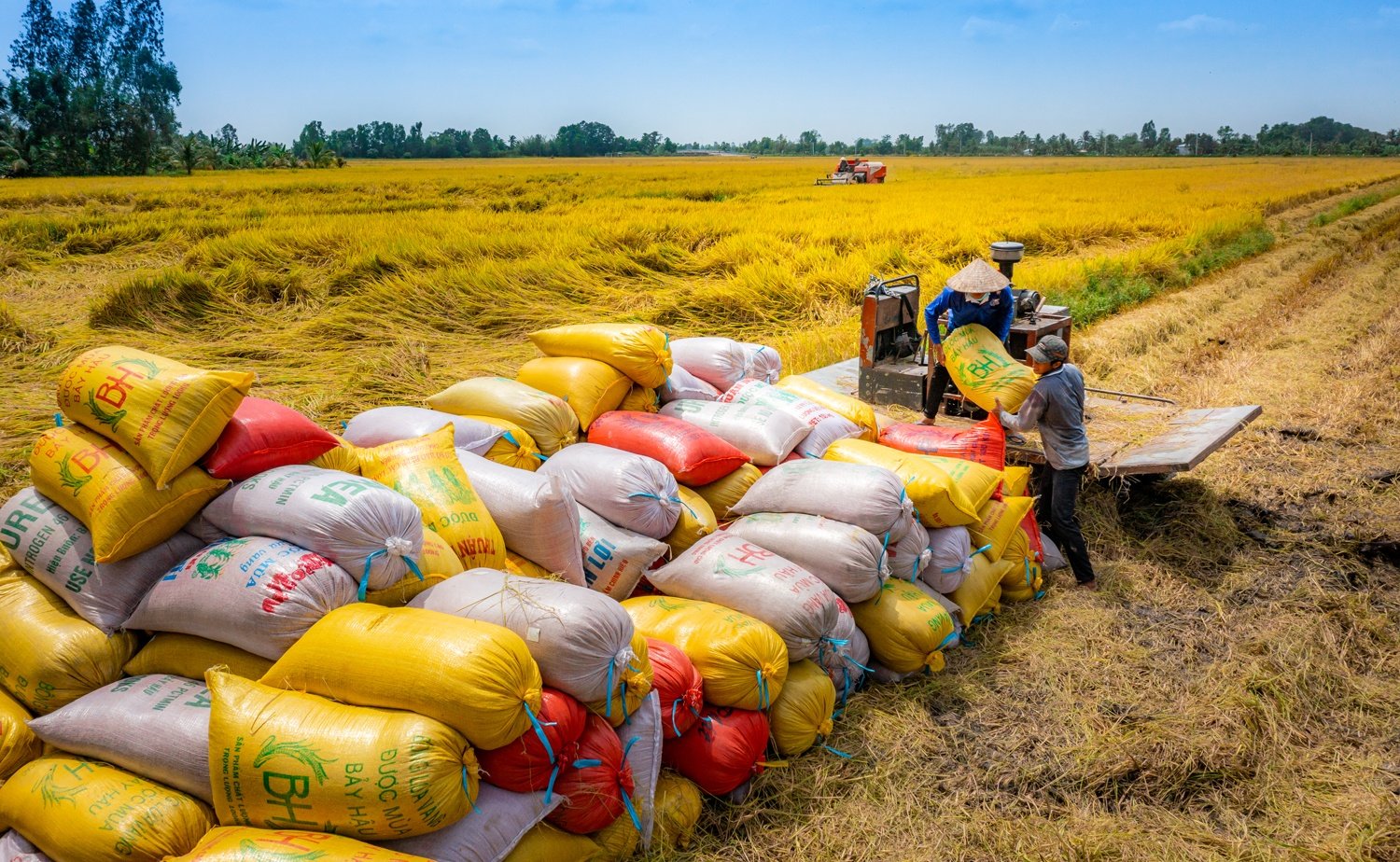 |
| Hau Giang farmers harvest rice |
In addition, the status of the country, of rice and of farmers has been raised. The Vietnamese rice industry has gradually transferred the power of price negotiation from buyers to sellers.
It can be said that in 2023, with factors of supply and demand, climate change, supply chain disruption, and especially consumer psychology, Vietnamese rice has regained its rightful position.
Maintaining the position of Vietnamese rice is a frequently mentioned story. What do you think is the solution?
The project "Sustainable development of one million hectares of high-quality and low-emission rice cultivation associated with green growth in the Mekong Delta by 2030" raises issues such as reorganizing the production system according to the value chain, applying sustainable farming processes to increase value, sustainable development of the rice industry, improving production and business efficiency, income and life of rice growers, protecting the environment, adapting to climate change and reducing greenhouse gas emissions, contributing to the implementation of Vietnam's international commitments.
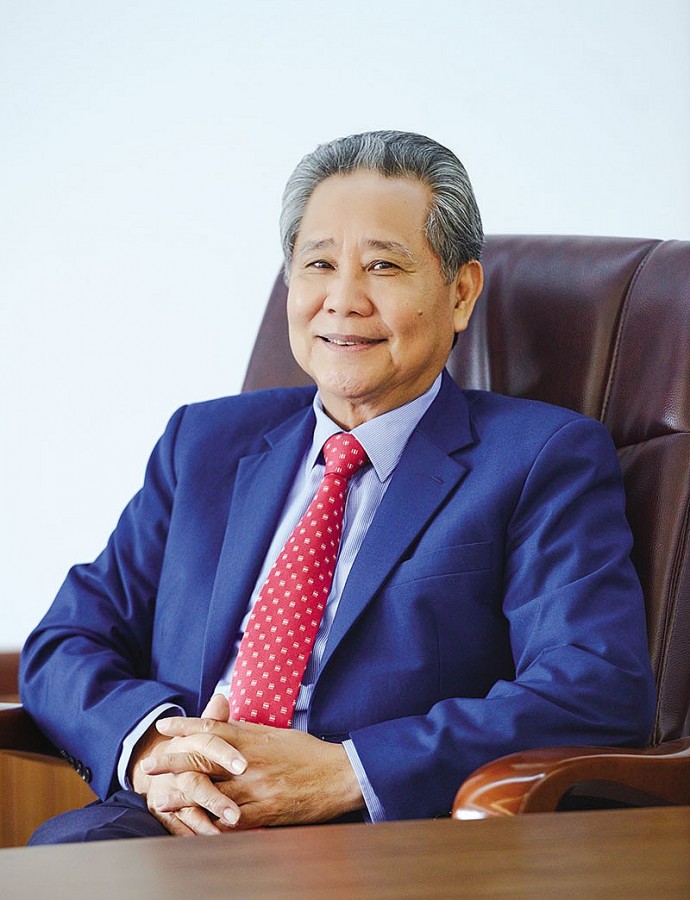 |
| Mr. Huynh Van Thon - Chairman of Loc Troi Group |
It can be seen that the production orientation along with infrastructure investment is associated with specific planning from growing areas, rice varieties, for each export market, and there, we have a standard production process, buyers also accept our process. Thus, the Vietnamese rice industry can completely maintain its current position.
In particular, organizing the rice industry ecosystem, gathering elements according to a sustainable rice chain, is a way to maximize social resources, thereby resolving unnecessary conflicts of interest between elements, avoiding competition with each other. If we can do this, we will end the situation of good harvest but low prices.
Recently, Vietnamese rice continues to be named the best in the world . What is your assessment of this, especially in creating a stepping stone to support the rice industry in export activities?
We are different from other rice exporting countries in that their varieties are the result of natural selection and only have one crop. In Vietnam, scientists have created short-term, high-yield varieties, which, together with the environment, nature, climate, and soil, allow Vietnam to produce continuously and in multiple crops a year. This is a factor that allows Vietnam to contribute to world food security and ensure domestic food security.
Building a national brand, a brand for businesses, controlling the power to negotiate prices, thereby increasing income and the position of farmers, linking production with environmental protection and making the countryside more livable... We believe that with better production reorganization, the Vietnamese rice industry will enter a new chapter.
However, we also need to look at the rice industry in a multi-faceted picture. For example, the increase in farmers' income compared to other crops.
The project of one million hectares of high-quality rice land is very good, but if the income is not higher than other crops, it will be difficult to encourage farmers. Solve the income problem for rice farmers by turning by-products into added value. This will bring farmers profits equal to or higher than other crops.
For example, with 43 million tons of rice, it is entirely possible to collect 5 million tons of rice husks. 5 million tons of rice husks, processed into waste sheets, will completely create a biodegradable natural polymer product , solve the environment, bring in revenue of 50 - 52 billion USD, bring in profit of 3 - 4 billion USD, equal to current rice export turnover.
Of course, to achieve this number, there will be a lot of work to do such as market issues, technological equipment. But the products that have been made are not illusions, in fact, there have been products exported according to Norwegian orders, so this is a feasible number.
Along with rice husks, we have other waste products from rice such as bran and broken rice, which can bring great added value. This is the direction, solving the problem of balancing the income benefits of farmers. From there, we are not too concerned with the story of ensuring food security but the income of rice farmers is not high. Notably, we master the processing technology, so this goal is completely possible to come true.
Thank you!
| In 2023, rice exports will reach 8.1 million tons, equivalent to 4.7 billion USD, up 14% in volume and 35% in value compared to 2022. The rice industry has set an export record in both volume and turnover after 34 years of participating in the global market. The average export price of rice in 2023 will reach 580 USD/ton, up 19% compared to 2022. |
Source link


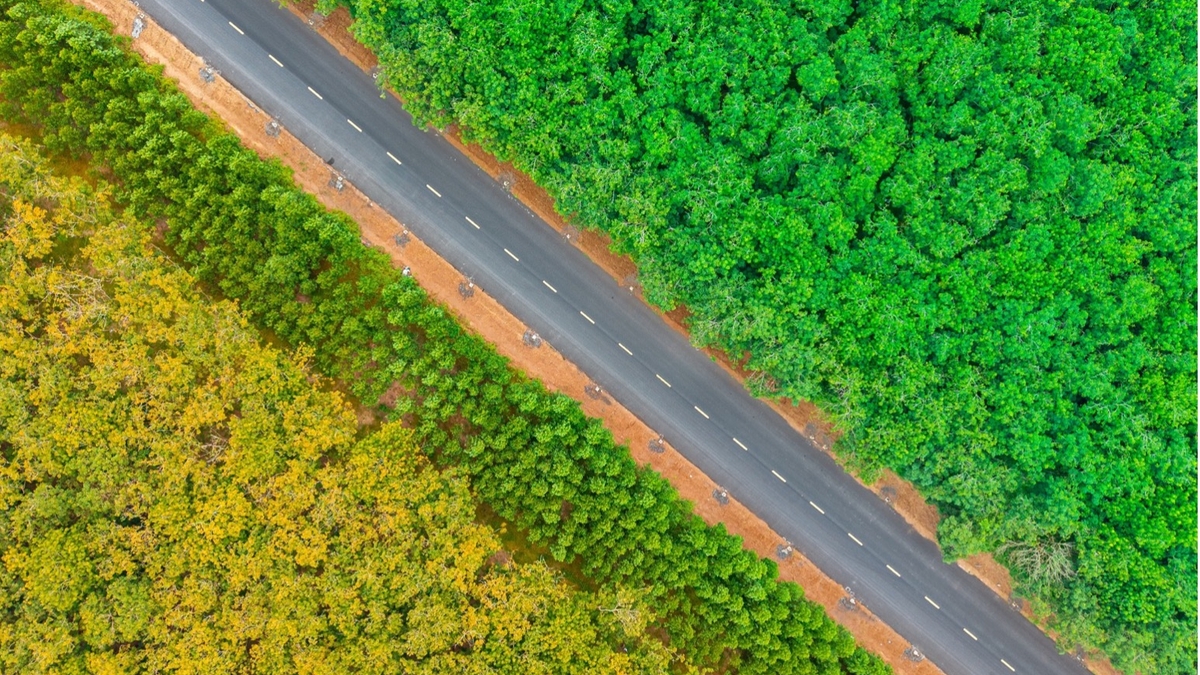
![[Photo] Students of Binh Minh Primary School enjoy the full moon festival, receiving the joys of childhood](https://vphoto.vietnam.vn/thumb/1200x675/vietnam/resource/IMAGE/2025/10/3/8cf8abef22fe4471be400a818912cb85)
![[Photo] Prime Minister Pham Minh Chinh chairs meeting to deploy overcoming consequences of storm No. 10](https://vphoto.vietnam.vn/thumb/1200x675/vietnam/resource/IMAGE/2025/10/3/544f420dcc844463898fcbef46247d16)

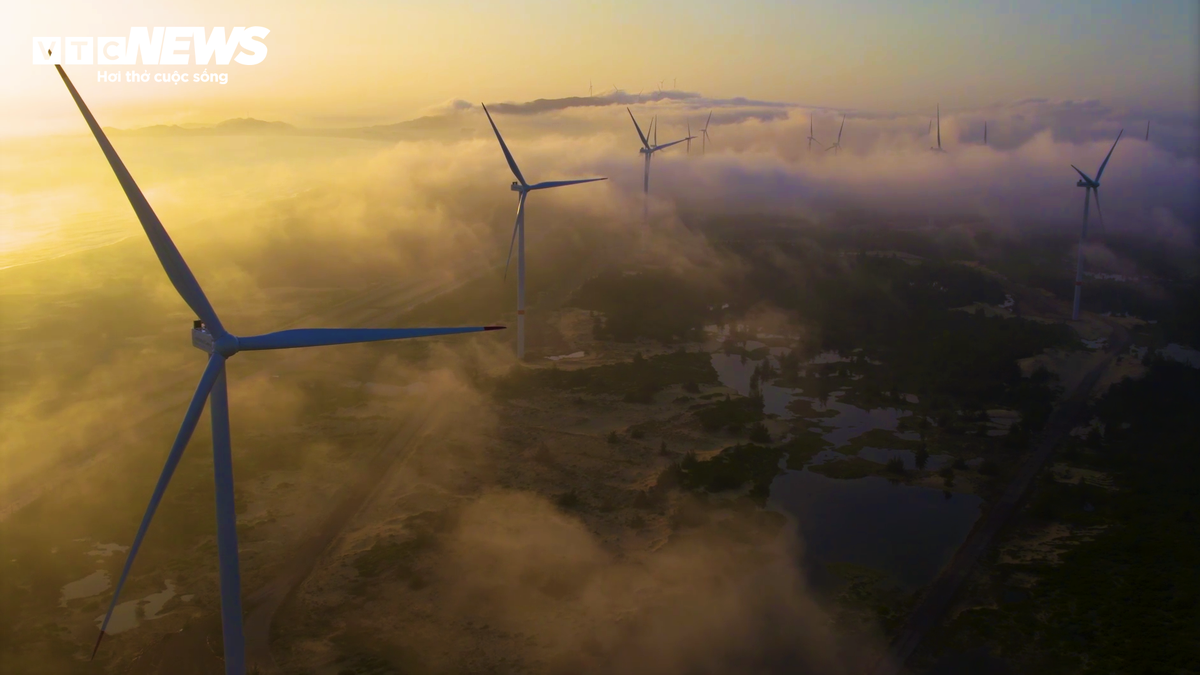
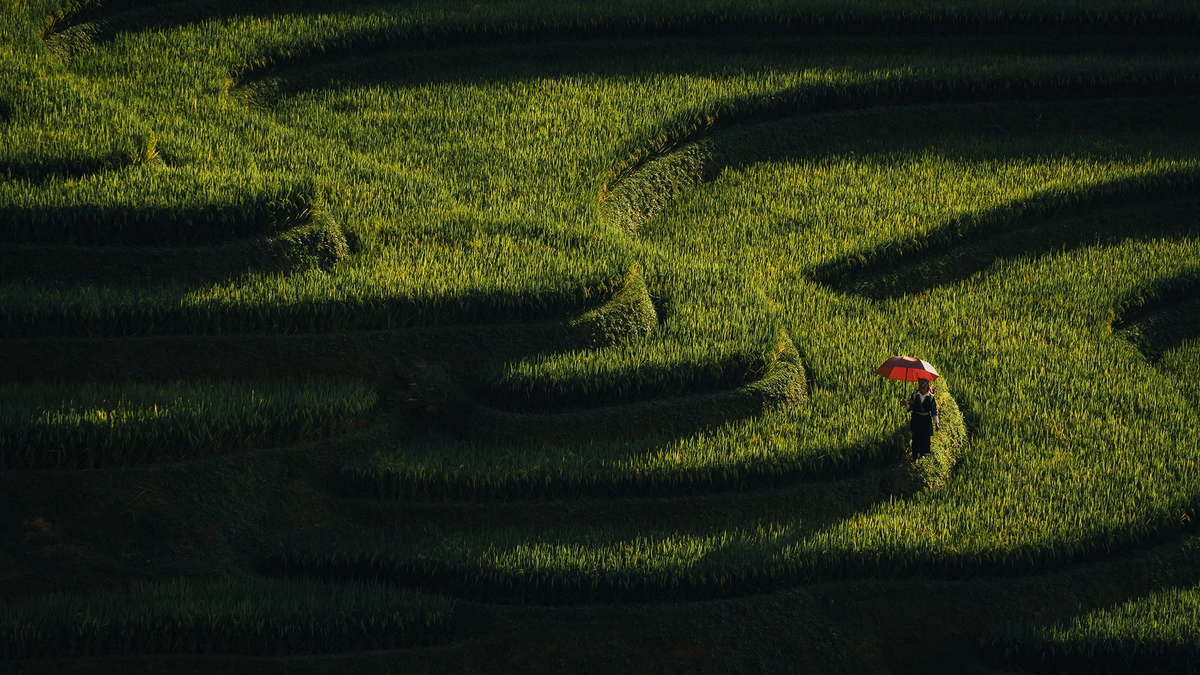
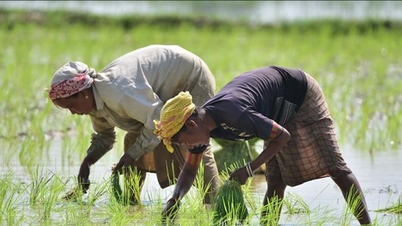





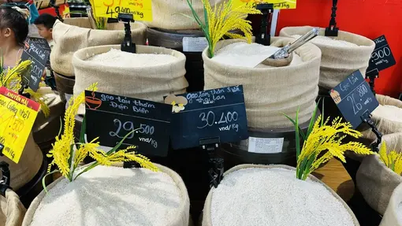






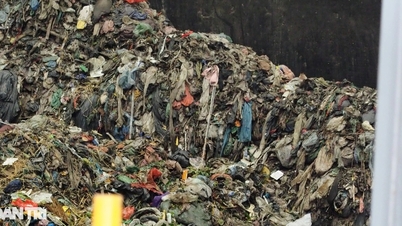
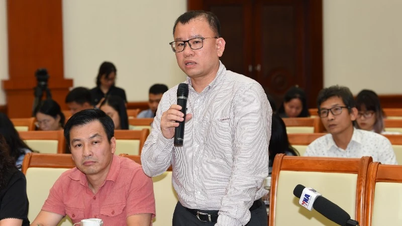


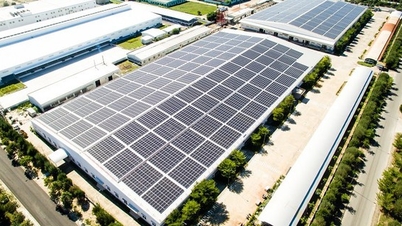




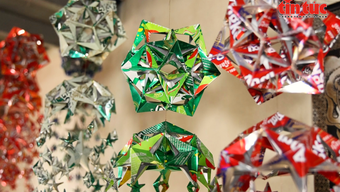

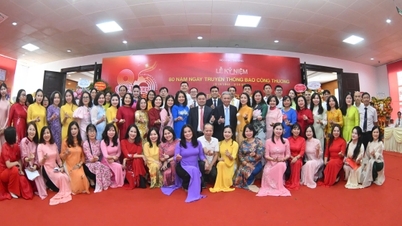
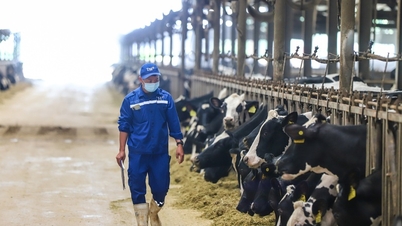

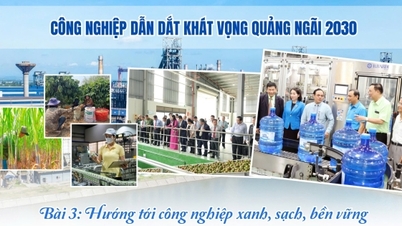
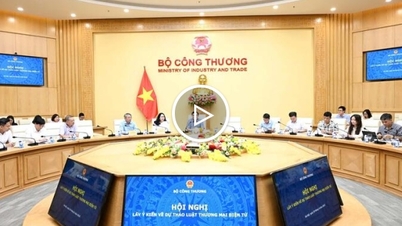


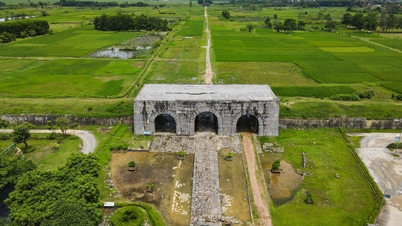

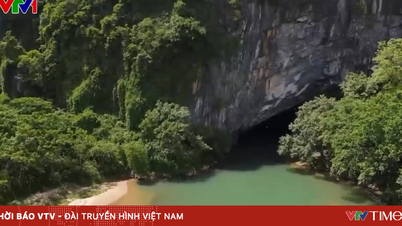




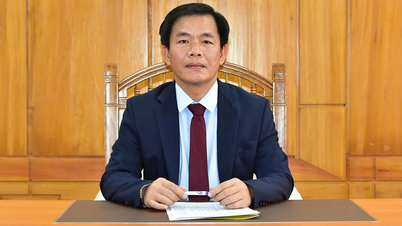





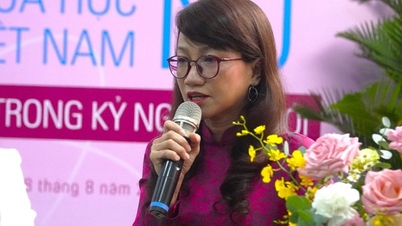
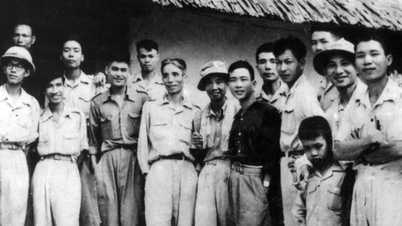

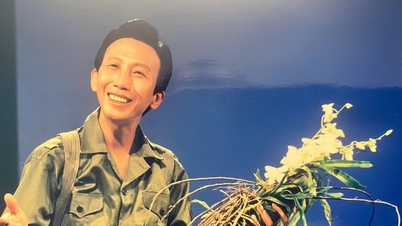

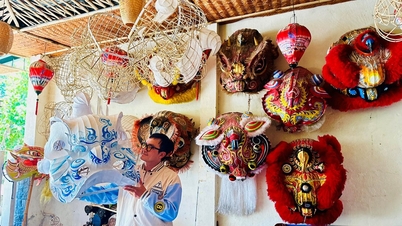

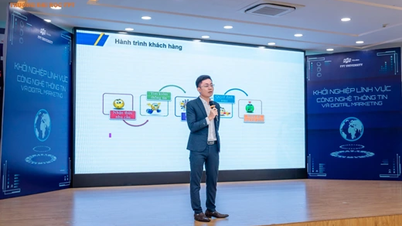
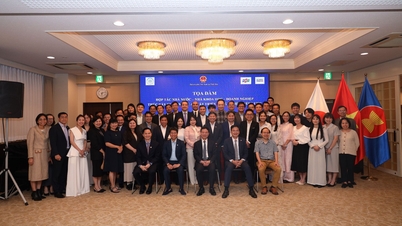



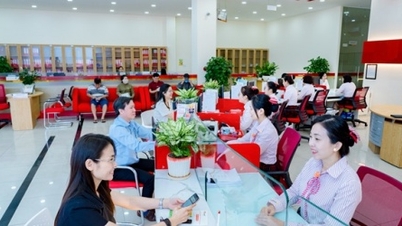

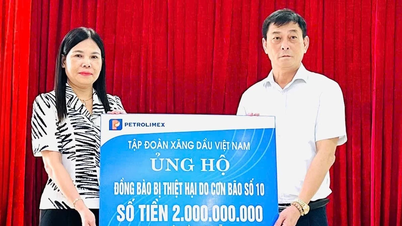


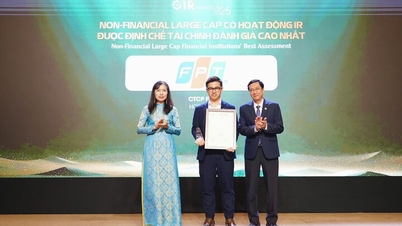

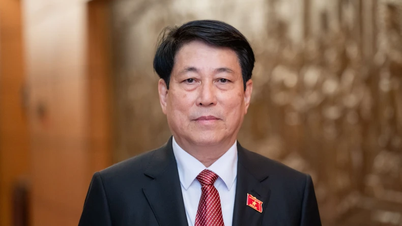

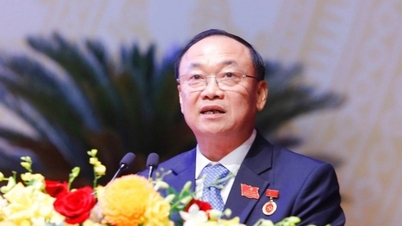


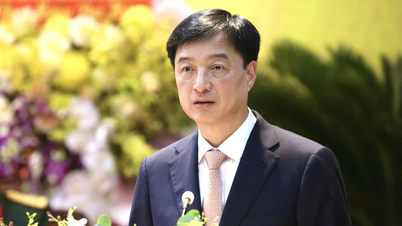
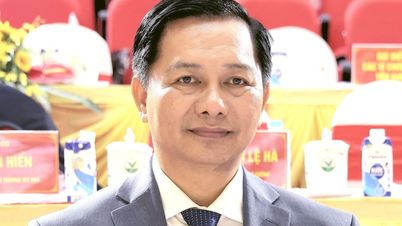




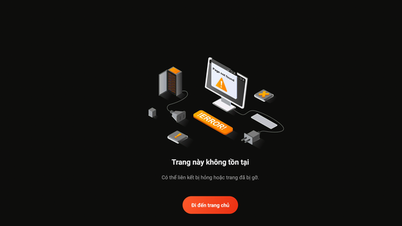



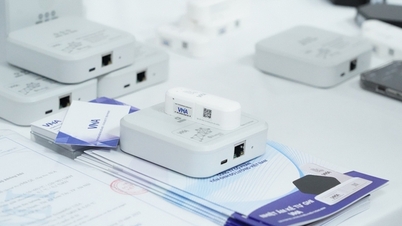


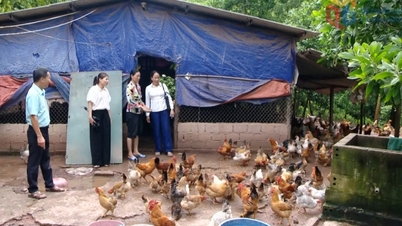

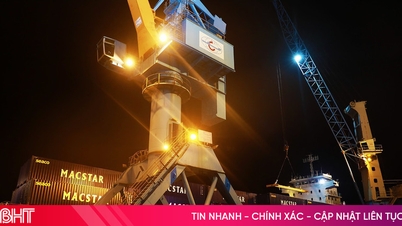

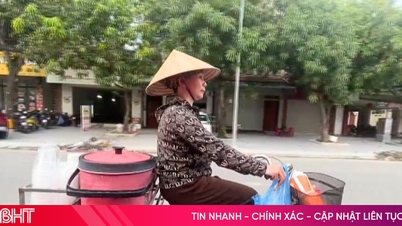


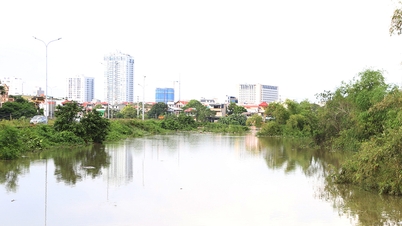
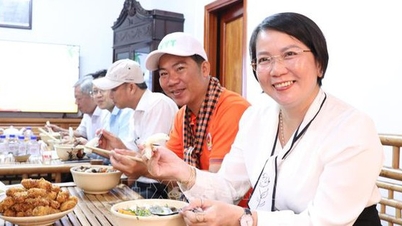





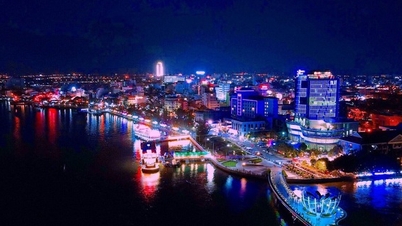



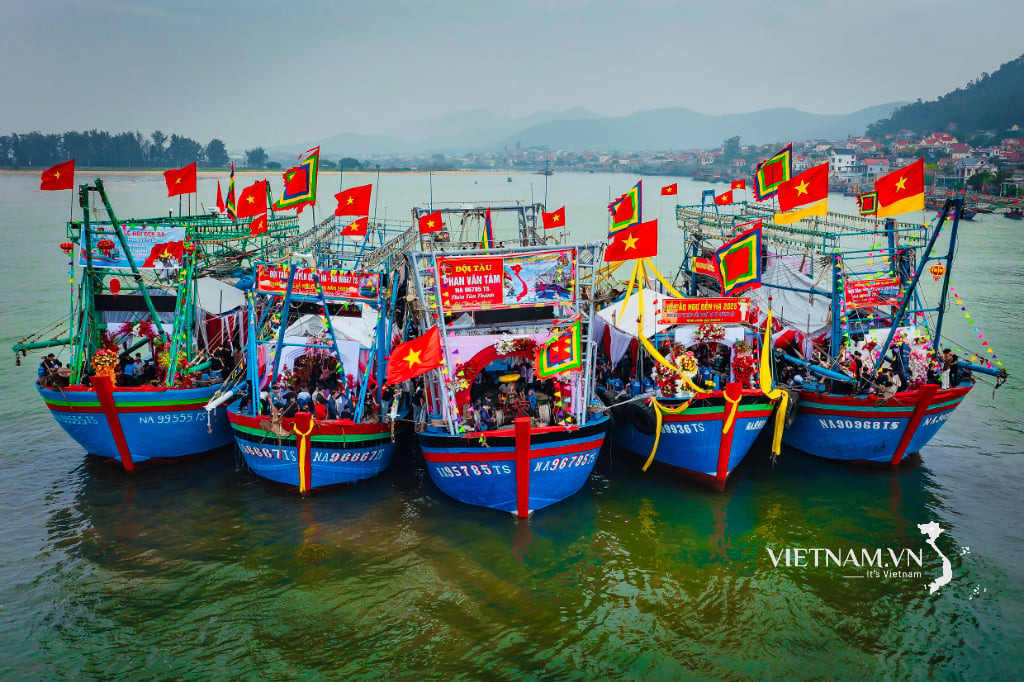
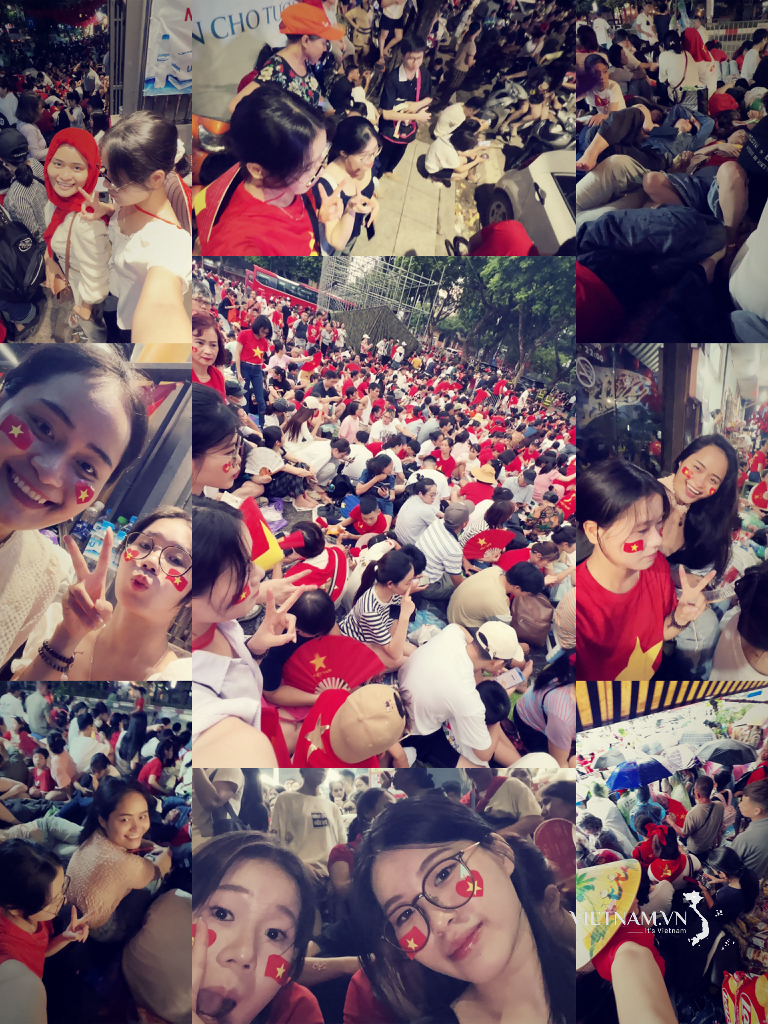
Comment (0)